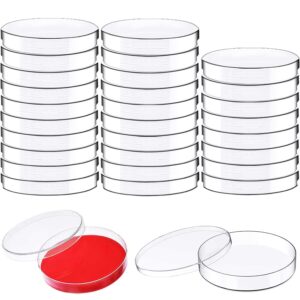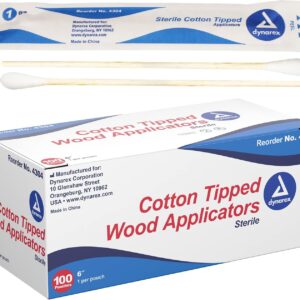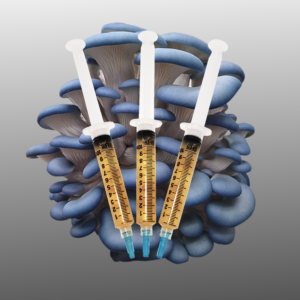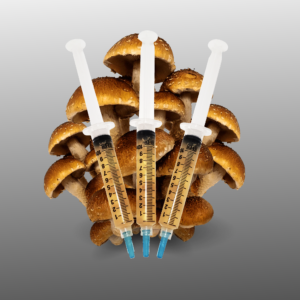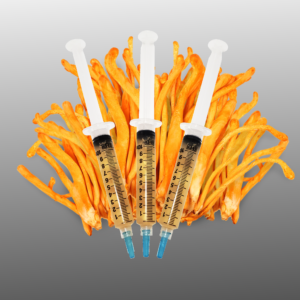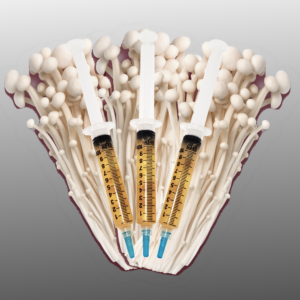In the world of gastronomy, few ingredients captivate the senses and ignite culinary passions as profoundly as truffles. These elusive fungi, revered for their distinct aroma and exquisite flavor, have woven a rich tapestry of history and culinary mystique. Join us on a journey through the centuries as we explore the rarity of truffles, unravel the techniques for their search, and delve into their esteemed place in fine cuisine.
1. Unveiling the Rarity of Truffles:
Truffles, members of the Tuber genus, are a type of subterranean fungus that forms symbiotic relationships with the roots of certain trees. These fungi, prized for their aromatic qualities, exist in various species, each possessing unique flavors and aromas. The rarity of truffles is multifaceted, contributing to their allure:
- Subterranean Habitat: Truffles grow underground, often at the base of specific trees like oak, hazel, or beech. This hidden nature makes them challenging to locate, adding to their mystique.
- Seasonal Variability: Truffles exhibit seasonal growth patterns, typically thriving in the autumn and winter months. Each species has its peak harvesting time, further enhancing their rarity.
- Specific Environmental Conditions: Truffles thrive in specific soil types and climatic conditions, further narrowing the regions where they can be found. This environmental sensitivity adds to the difficulty of cultivation.
2. The Art of Truffle Hunting:
Historical Roots:
- Truffle hunting is an ancient tradition, dating back to the times of the Egyptians and Greeks. Historical accounts depict the use of pigs, known for their keen sense of smell, in truffle foraging. In modern times, dogs are often preferred for their tractability and ease of training.
Techniques for Searching:
- Use of Truffle Hogs or Dogs: While pigs were historically employed, dogs are now the preferred choice for truffle hunting. Canines are trained to identify the distinctive scent of truffles and gently dig around the area, minimizing damage to the delicate fungi.
- Observation of Tree Species: Truffle hunters often focus on specific tree species associated with truffle growth. This includes oak, hazel, and beech trees, creating a targeted search in suitable habitats.
- Environmental Clues: Truffle hunters are adept at observing environmental clues such as soil types, humidity, and the presence of certain flora. These factors provide valuable hints for locating truffle-rich areas.
3. Culinary Alchemy: Truffles in Fine Cuisine:
Truffles, with their intense aroma and complex flavors, have earned a hallowed place in fine cuisine. Some culinary insights include:
- Fresh vs. Preserved: Fresh truffles are highly prized for their superior flavor and aroma. However, due to their seasonal nature and limited availability, preserved truffle products, such as truffle-infused oils or sauces, allow chefs and home cooks to enjoy their essence year-round.
- Culinary Pairings: Truffles effortlessly elevate a myriad of dishes. Shaved over pasta, infused into sauces, or delicately grated over risottos, truffles impart an earthy and umami richness that enhances the overall dining experience.
- Culinary Innovation: Renowned chefs worldwide showcase their creativity by incorporating truffles into unexpected dishes, from truffle-infused desserts to molecular gastronomy experiments. This versatility underscores the timeless appeal of truffles in culinary innovation.
4. A Journey Through Time and Flavor:
Truffles have embarked on an illustrious journey through time, leaving an indelible mark on the tables of royalty and the kitchens of celebrated chefs. From the ancients who revered them as gifts from the gods to contemporary culinary artists pushing the boundaries of flavor, truffles continue to enchant and inspire.
In the delicate dance between rarity and culinary artistry, truffles stand as both a testament to nature’s intricacies and a canvas upon which chefs paint exquisite flavor profiles. As you savor the nuanced allure of truffles in fine cuisine, you partake in a tradition that spans epochs—a journey that transcends time and indulges the senses in the ephemeral elegance of this culinary treasure.
-
100 Pack -18Ga 1.5inch(38mm) Dispensing Needles with Luer Lock, Individually Packaged
-
10ml Luer Lock Tip Syringes (No Needle) – Sterile, Individually Wrapped – 100 Syringes
-
30 Pack Plastic Petri Dishes with Lids, 90 x 15mm
-
6-Inch Sterile Cotton Tipped Applicators 1 Box of 100 Pouches, 1 per Pouch
-
Agar Agar Powder, 1lb
-
Blue Oyster Liquid Culture
-
Chestnut Mushroom Liquid Culture
-
Cordyceps militaris Liquid Culture
-
Enoki Mushroom Liquid Culture




